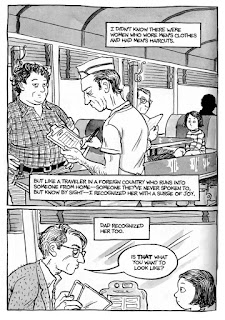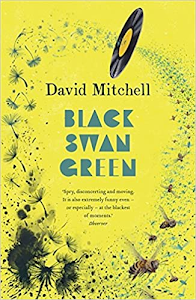Being Elena Cooper

When we first started reading Sag Harbor , I was struck by the similarities between mine and Benji's families. Not in the parental dynamics, but those between the three children. In the main narrative, the story older Ben is telling of this one summer, Benji is 15 years old, Reggie is 14, and their sister, Elena, is 18. The most basic of similarities between my family and the Cooper siblings is their ages. While the Coopers are 18, 15, and 14, my sisters and I are 17, 14, and 13. More specifically, the dynamics between the three are very close to what I experience with my sisters. I'm like Elena, not around as much as I probably should be. My sisters are Benji and Reggie, Irish twins who have always done everything together. Predictably, they experience growing pains, and shift apart as they find themselves. But Elena has already found herself, outside of the family dynamic altogether. The main family group of the entire story is Benji, Reggie, and their parents. Elena used to ...


